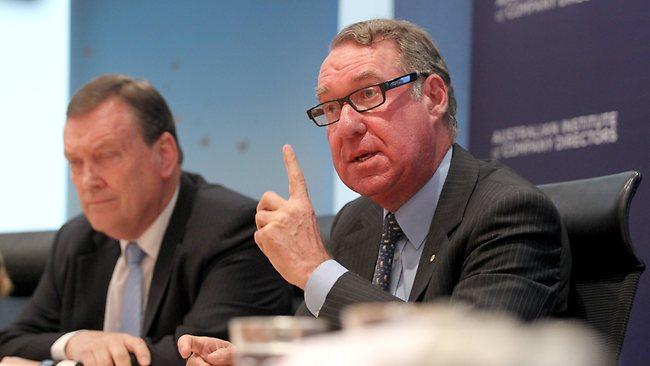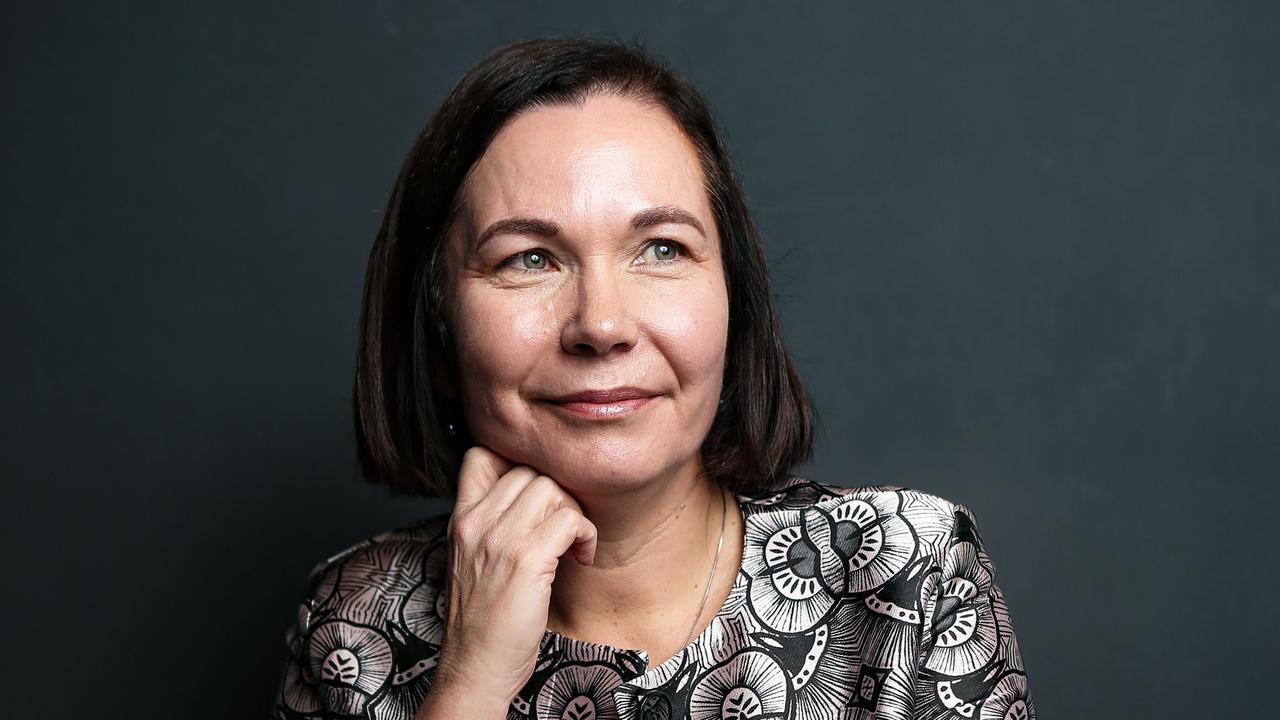Review of private school funding urges government subsidies
THE biggest review of its kind since 1973 has called for "more balance" in school funding between the commonwealth and states.

THE biggest review of school funding since 1973, chaired by David Gonski, has called for "a more balanced alignment" of responsibility for funding the different schools between the commonwealth and states and territories.
At present, the commonwealth provides the bulk of funding for non-government schools and the states and territories fund the public school systems.
The Gonski report recommends the federal government assume a greater role in funding public schools and the states and territories increase their role in funding non-government schools, which would effectively pool all government funding for schools.
The report notes that different school systems and individual schools have varying capacities to fund their own needs, and says governments should fully fund the costs of non-government schools that do not charge fees and have no real capacity to do so.
The Gillard government's response to the 18-month review is cautious, ordering more consultation with parents and setting up a working group on the issue for the states.
The four-page statement, released with the 286-page report, emphasises there is still more work to do on the proposals and the government will only "determine to embrace a model of this kind if we are satisfied that it will help" improve the school system.
"All governments and stakeholders need the time to understand and work through what is proposed by the Review panel, how it may impact on them and whether it will work in practice," it says.
"For those reasons, it is important we take the next steps in this reform thoroughly and with care."
The report makes 41 recommendations for a new funding model to prioritise spending on the education of disadvantaged and low-performing students.
The report says an urgent "significant additional investment" is required because of the federal government's commitment that no school would lose a dollar and the slipping of the performance of Australian students in international and national tests.
Modelling conducted by the review says the extra money required is $5bn based on 2009 costs, which represents about 15 per cent of all government's recurrent funding that year.
Based on the current share of school funding, the report says the federal government would shoulder about 30 per cent of the increase, potentially leaving the states to find an extra $3.5bn in school funding.
The report recommends governments develop a new funding model based on the cost of educating students to an agreed standard, called the School Resourcing Standard.
The standard would comprise a base payment with loadings to top up funding for special needs including the size and location of a school, the proportion of students from indigenous and low socioeconomic backgrounds, and those with limited English.
The amount of the loading would increase for schools with higher concentrations of disadvantaged students.
A loading paid for students with disabilities would also be included in the school resourcing standard once nationally consistent definitions were finalised, with government to fully fund the disabled loading.
The report recommends the establishment of an independent expert body, the National Schools Resourcing Body to develop the resource standard based on the costs of a reference group of high-performing schools.
The body would also develop a new indexation rate reflecting the changes in the costs of the reference schools, replacing the current index that rises with the changing of cost of government schools alone.
The federal government response also cites the commitment to returning the surplus and to "ongoing fiscal responsibility" as reasons to proceed with caution.
It has vowed to establish a Ministerial Schools Funding Reference Group as part of the Council of Australian Governments, and a public forum for parents to contribute as part of the consultation.
The response rejects the review's recommendations on capital funding of schools, which calls for the establishment of a new cross-sectoral School Planning Authority to administer funding for new buildings.
Despite government's recent $16.3bn Building the Education Revolution program, the review finds that some school facilities are inadequate and says there is a need for greater transparency and accountability on school capital funding.
But the government rejects this finding.
"In some areas, the Australian government believes that the scope of the proposed new funding contributions may be too large," it states. "(We) recently completed the largest ever program of capital investment in Australian schools."




